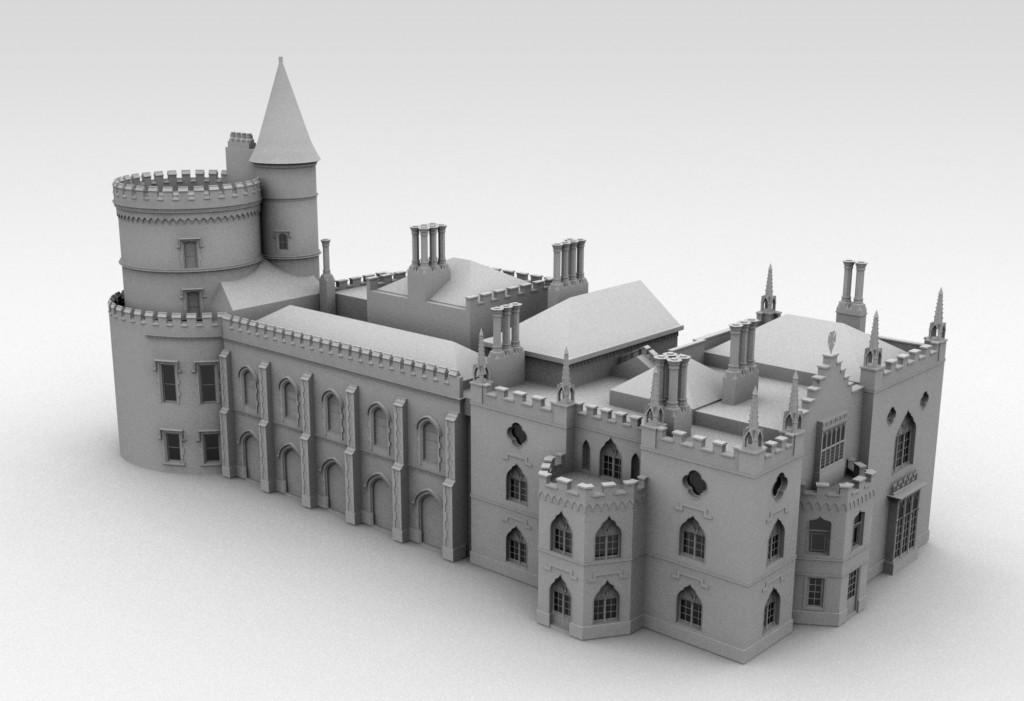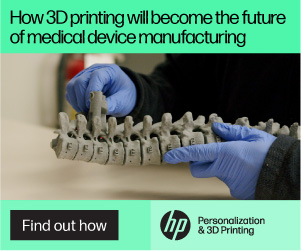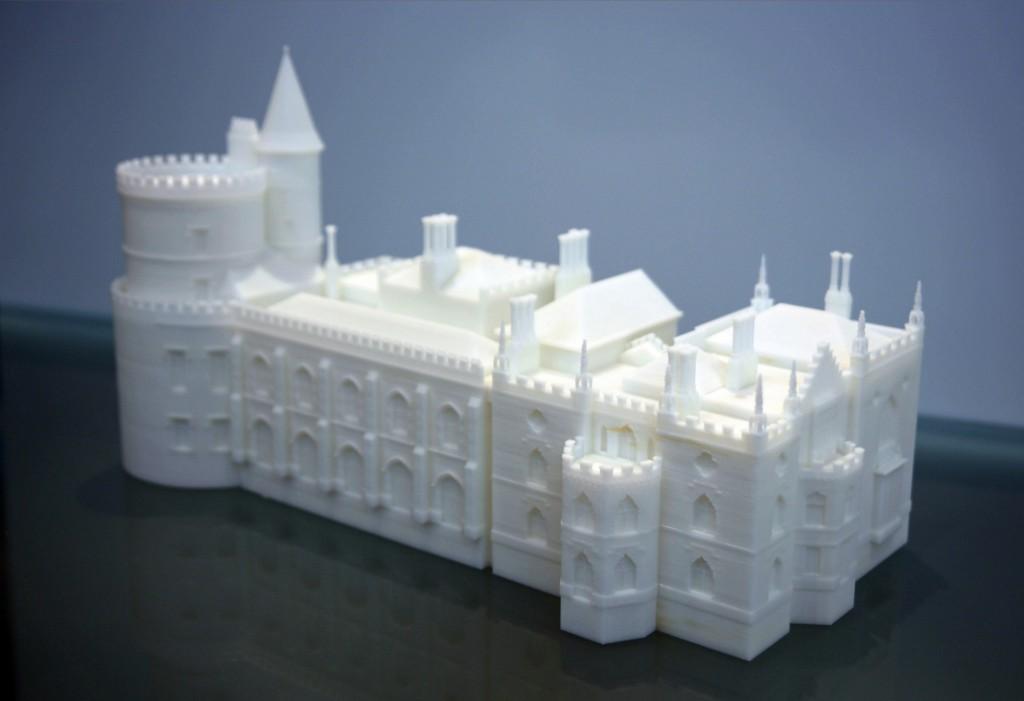 London’s Strawberry Hill was built by Horace Walpole in 1747 and is internationally known as a prototypical gothic revival house. Having recently undergone restoration to maintain its 18th century character, it has also at the same time moved squarely into the 21st century. 3D printing has played a significant role in making Strawberry Hill accessible to the visually impaired; here 18th century architecture meet 21st century technology in an inspirational collaboration.
London’s Strawberry Hill was built by Horace Walpole in 1747 and is internationally known as a prototypical gothic revival house. Having recently undergone restoration to maintain its 18th century character, it has also at the same time moved squarely into the 21st century. 3D printing has played a significant role in making Strawberry Hill accessible to the visually impaired; here 18th century architecture meet 21st century technology in an inspirational collaboration.
 London’s Vertex Modelling and Lee 3D were commissioned to create 3D printed architectural model details of the house’s interior and a 3D printed model of the entire house. (Which is now available for downloading on CGTrader so everyone can print their own Strawberry Hill!) The idea behind the 3D printing of models is that visually impaired visitors can touch and handle them as part of their tour in order to get a feel for the house design features.
London’s Vertex Modelling and Lee 3D were commissioned to create 3D printed architectural model details of the house’s interior and a 3D printed model of the entire house. (Which is now available for downloading on CGTrader so everyone can print their own Strawberry Hill!) The idea behind the 3D printing of models is that visually impaired visitors can touch and handle them as part of their tour in order to get a feel for the house design features.
Michael Konicek of Vertex Modelling summarizes how the house’s shape and details are captured in the design process: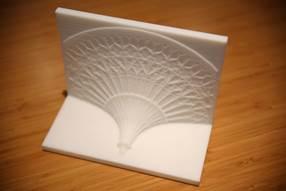
“To create the 3D model of the house has been fairly straightforward. We have used high-resolution aerial imagery on our photogrammetry production line to capture a Level of Detail 3 (LOD3) model of the site. As LOD3 models do not have any façade details, this model has been upgraded by our 3D modellers to LOD4 using reference photographs and terrestrial photogrammetry. We used a similar technique for the architectural detailing 3D models.”
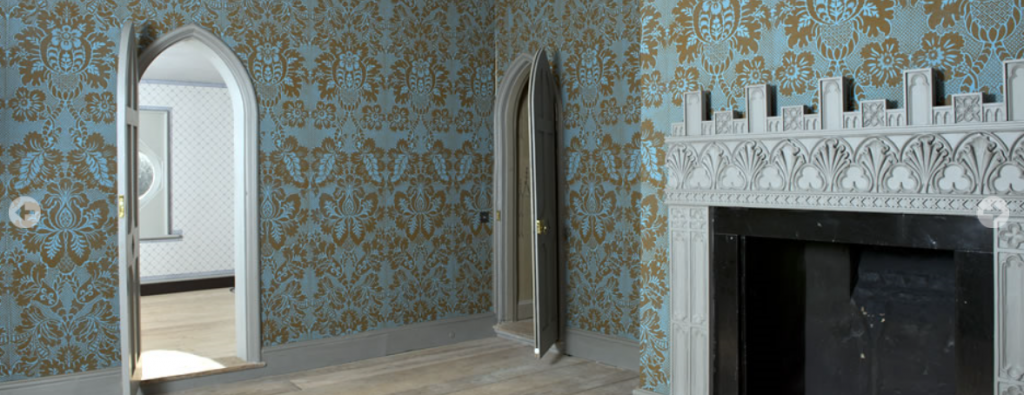 After Vertex Modelling completed the 3D designs for the desired models, the torch was passed to London’s Lee 3D. George Lee of Lee 3D describes the printing aspect of the work:
After Vertex Modelling completed the 3D designs for the desired models, the torch was passed to London’s Lee 3D. George Lee of Lee 3D describes the printing aspect of the work:
“Considering the end use, we chose to 3D print the models in plastic rather than plaster for durability. To enable the detailing to really stand out the resulting 3D printed model of the house was almost 50 cm wide and 26 cm tall. Due to its size the main model took almost 200 hours of 3D printing time to produce.”
The visually impaired public and Strawberry Hill House Trust are thrilled with the final results. Nick Smith, Director of the Strawberry Hill House Trust, 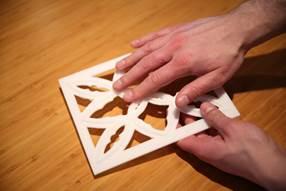 explains how the Trust aided the project:
explains how the Trust aided the project:
“Our staff and volunteers have received training from Vocaleyes, an audio description charity, and have developed a tour for those with partial or no sight. These 3D printed models will be an excellent addition to this tour, for the first time allowing visually impaired visitors to fully appreciate the house and its unique architectural details.”
This project to preserve Strawberry Hill’s architecture, while updating its accessibility to more members of the public, is an excellent example of 3D printing’s potential as a progressive technology. 3D printing has also been used in museums to allow visually impaired visitors to touch printed replicas of classic paintings, and no doubt more applications in this area are forthcoming!
Let us know about any other architectural models you know of in the 3D Printed Strawberry Hill House forum thread over at 3DPB.com.
Subscribe to Our Email Newsletter
Stay up-to-date on all the latest news from the 3D printing industry and receive information and offers from third party vendors.
You May Also Like
IperionX Inks 10-Year Deal with Wisconsin Manufacturer for 80 Metric Tons of Titanium Per Year
IperionX, the Charlotte-based supplier of sustainable titanium powders used for additive manufacturing (AM) and metal injection molding (MIM), has signed a ten-year deal with United Stars, a group of industrial...
Gastronology Launches Industrial Production of 3D Printed Food for Dysphagia Patients
Food 3D printing has, in many ways, been an additive manufacturing (AM) segment looking for the right business case. While some applications are beautiful and others may or may not...
Lockheed Martin Leads $3M Investment in Q5D’s Electronics 3D Printing System
Q5D, an original equipment manufacturer (OEM) of robotic arm, hybrid additive manufacturing (AM) systems used for wire harness production, has closed a $3 million investment round. The investment arm of...
3D Printing News Briefs, April 6, 2024: Depowdering, Cybertruck Door Handles, & More
In today’s 3D Printing News Briefs, ioTech’s digital manufacturing CLAD technology is opening up opportunities for microelectronics and additive manufacturing. Hexagon and Raytheon Technologies commercially released the Simufact Additive Process...


